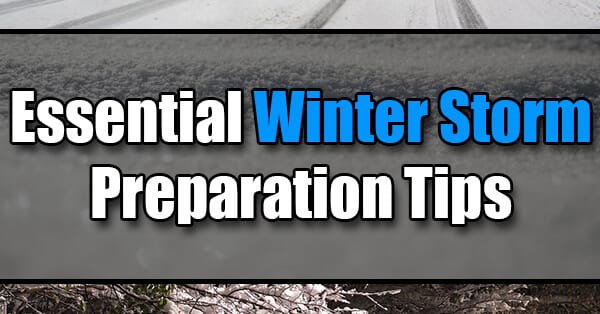A significant winter storm is on the horizon, poised to affect millions across the central and eastern United States in the coming days. Meteorologists have indicated that this storm system will bring a combination of heavy snowfall and ice accumulation, creating hazardous conditions for travel and daily life. The storm is expected to develop over the Plains and gradually move eastward, impacting states from Nebraska to New York.
The initial stages of this storm are forecasted to commence in the Plains, where residents can expect snow totals to reach upwards of a foot in some areas. As the storm progresses, it will push into the Midwest, affecting states such as Iowa, Illinois, and Indiana. Meteorological models suggest that regions in these states could see a mix of rain, sleet, and snow, with the potential for significant ice accumulation. This combination of precipitation types raises concerns for power outages and treacherous driving conditions.
As the storm continues its eastward trajectory, the Mid-Atlantic region will begin to feel its effects. States such as Pennsylvania, Maryland, and Virginia are likely to experience heavy snowfall, with some forecasts predicting accumulations of several inches to a foot or more. The National Weather Service has issued winter storm warnings and advisories for these areas, advising residents to prepare for possible disruptions to travel and daily routines.
Travelers are urged to monitor weather conditions closely, as roadways may become hazardous due to snow and ice. Transportation agencies are preparing for the storm by deploying snowplows and salt trucks to ensure that roads remain passable. However, officials caution that conditions could deteriorate quickly, especially during the peak of the storm when heavy snowfall is expected.
In addition to travel disruptions, the storm poses risks for power outages, particularly in areas where ice accumulation is forecasted. Ice can weigh down tree branches and power lines, leading to potential breakage and outages. Utility companies are preparing for these scenarios by pre-positioning crews and equipment to respond quickly to any outages that may occur.
Residents in affected areas are encouraged to take precautions in advance of the storm. This includes stocking up on essential supplies such as food, water, and medications, as well as ensuring that heating systems are functioning properly. Those who rely on electricity for medical devices should have a backup plan in place in case of power outages.
As the storm approaches, meteorologists will continue to monitor its development and provide updates on its path and intensity. The situation is fluid, and forecasts may change as new data becomes available. Residents are advised to stay informed through local news outlets and the National Weather Service for the latest information regarding the storm.
In conclusion, the impending winter storm is set to bring significant snow and ice from the Plains to the Mid-Atlantic region. With the potential for hazardous travel conditions and power outages, residents are urged to prepare accordingly. As the storm unfolds, authorities will be working diligently to ensure public safety and minimize disruptions.


